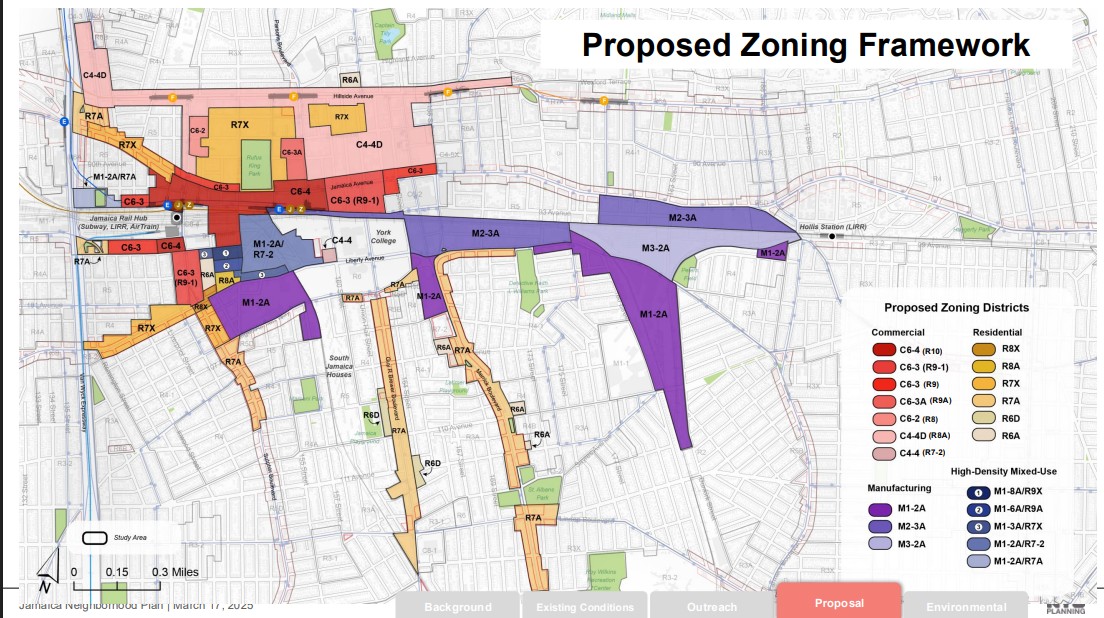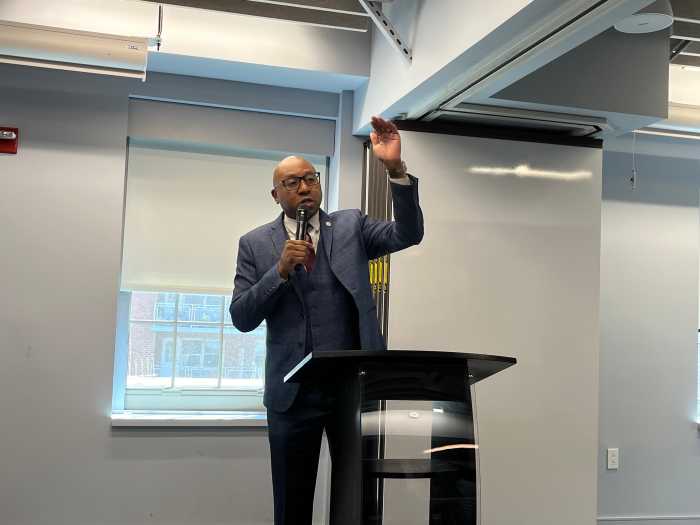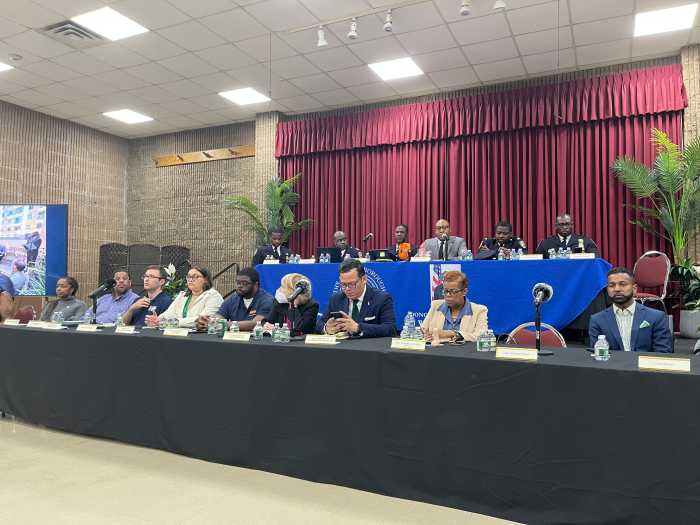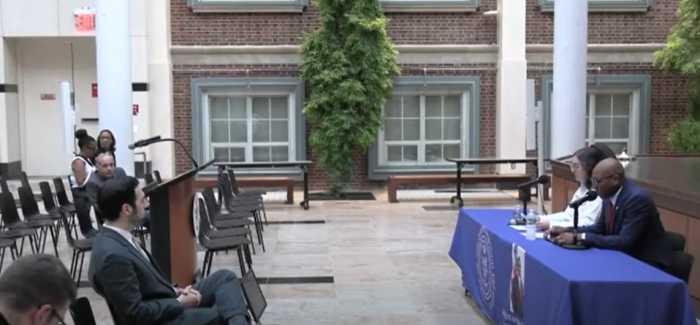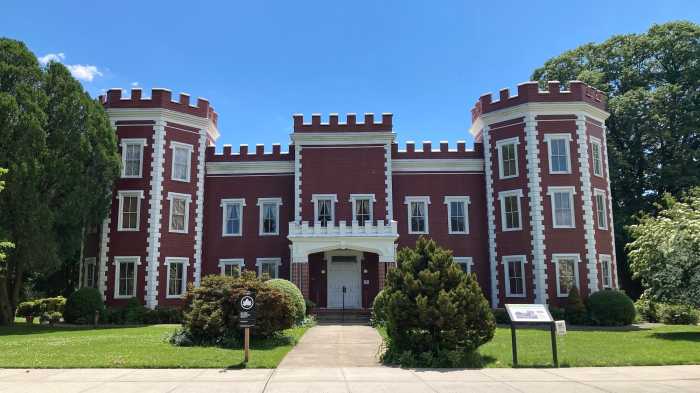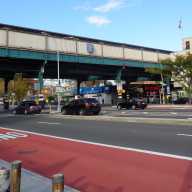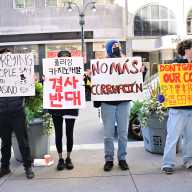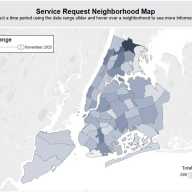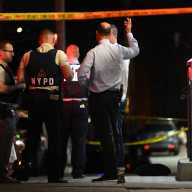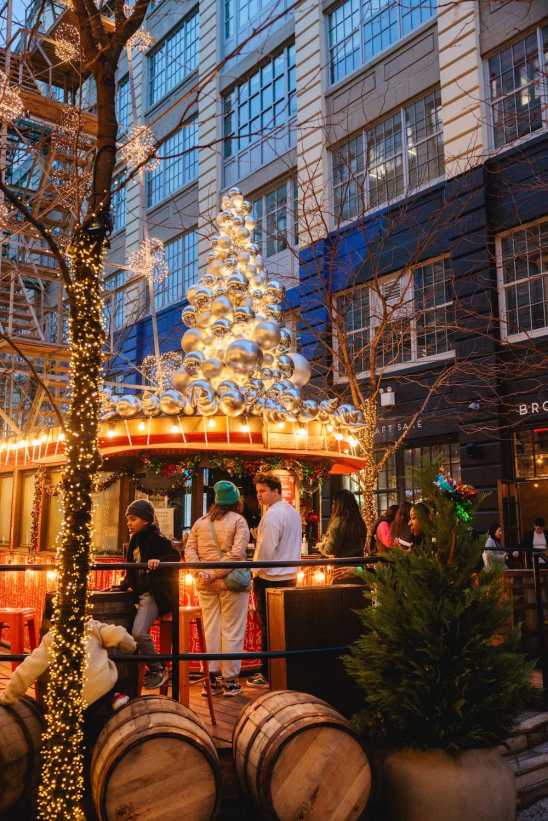New York City Council’s Subcommittee on Zoning and Franchises and Committee on Land Use have both unanimously voted on Thursday to approve the Jamaica Neighborhood Plan, an ambitious rezoning proposal that aims to add almost 12,000 new homes in southeast Queens.
The proposal, which covers more than 300 blocks located primarily within Community District 12 and parts of Community District 8, aims to create approximately 11,800 new housing units, including 4,000 permanently affordable income-restricted units, in addition to creating over 2 million square feet of commercial space.
The neighborhood plan, which is part of the Dept. of City Planning’s (DCP) multipronged rezoning plan for Jamaica, is also anticipated to bring more than 7,000 jobs to the area. DCP estimates that the neighborhood plan will take 15 years to come to fruition.
The plan will map the largest Mandatory Inclusionary Housing (MIH) zone in the entire city, paving the way for nearly 3,800 affordable homes to be built on privately-owned sites. It is also the largest neighborhood rezoning in New York City in over 20 years.
In August, the City Planning Commission voted 11-2 in favor of the rezoning plan as part of the city’s Uniform Land Use Review Procedure (ULURP), moving the plan forward to the City Council.
The Council’s Land Use Committee and Zoning Subcommittee both unanimously approved the plan on Oct. 9, moving the plan forward to a vote by the full Council.
‘Major investments’
A Council spokesperson said the Council’s direct negotiating role in the land use process for the neighborhood plan has ensured that the rezoning will provide $413 million in community investments for Jamaica, including for water and sewer infrastructure, parks and open space, transportation and public realm improvements, public health and safety resources, and educational institutions.
A Council spokesperson said it secured “major investments” to address chronic flooding and sewer infrastructure issues, including targeted stormwater management and green infrastructure projects.
The Council has also secured commitments to fund improvements to Archer Avenue in order to improve Downtown Jamaica as a transportation hub.
That funding includes $17.9 million to create a new public plaza on the western end of the Archer Avenue bus terminal in an area currently overrun by illegally parked cars and $5.75 million to remove the Archer Avenue bus terminal canopy and install new bus shelters.
The funding would also provide $3 million to beautify the Archer Avenue Bus Terminal with community-driven public art in addition to $47 million to develop Station Plaza with new public spaces that will “dramatically” improve the environment along Archer Avenue.
The Council added that the investment will also improve traffic flow and pedestrian safety along Archer Avenue as well as reducing traffic congestion and upgrading lighting, signage and wayfinding.
The Council will also convene a four-year independent Downtown Jamaica Oversight Task Force to ensure accountability and transparency of the Jamaica Neighborhood Plan and ensure that the plan keeps its promises to the local community.
Those promises include a $70 million investment to fund the hospital expansion of the NYC Health + Hospitals/Queens’ Claire Shulman Pavilion; a $78 million investment to renovate Jamaica Avenue between Sutphin Boulevard and 168th Place; and a $21 million investment to improve four areas within Archie Spigner Park among many other community initiatives.
The neighborhood plan will also build on a previous commitment to invest $315 million to upgrade the area’s sewer infrastructure over the coming decades. The commitment was secured by the Council through the City for All housing plan, which aims to create affordable, livable and sustainable communities.
The City Planning Commission will now review modifications for scope-approval, prior to it being voted on by the full Council.
An ‘important step forward’
Council Speaker Adrienne Adams welcomed the committee votes on the Jamaica Neighborhood Plan, stating that the rezoning will deliver tens of thousands of new homes and homeownership opportunities, thousands of new jobs and essential community investments.
She said the level of neighborhood investment would not have been possible if the City Council did not have a role in the land use process to secure specific community needs.
“We have shaped this rezoning that will guide Jamaica’s continued transformation into a residential, commercial, and transportation hub for local residents and all New Yorkers,” Adams said in a statement.
Council Member Dr. Nantasha Williams, who represents part of the area covered by the neighborhood plan, described the committee votes as an “important step forward.” However, she insisted that it is now critical that the plan “follows through” on the community priorities outlined over a two-year public engagement process.
“The work doesn’t end with a vote; it begins with follow-through, and I’ll be working alongside our community to make sure these commitments turn into lasting results,” Williams said in a statement.
Mayor Eric Adams, whose administration launched the rezoning initiative in 2023, also welcomed the committee votes in a statement issued on Thursday.
“With today’s vote, we’re one step closer to bringing forth an even more thriving and vibrant Jamaica where New Yorkers of all income levels can thrive,” Adams said in a statement.
Adams added that Jamaica’s current zoning laws have “curtailed” new housing opportunities and limited new businesses in the area. He said such changes make it much harder for working-class families to remain in the neighborhood.
“It’s past time we changed that,” Adams said.
Council Member Rafael Salamanca Jr., chair of the Committee on Land Use, said the committee’s approval of the neighborhood plan represents a meaningful step toward addressing the city’s housing crisis.
“For too long, the pace of new affordable construction has lagged behind the needs of our residents,” Salamanca said.
Council Member Kevin Riley, chair of the Subcommittee on Zoning and Franchises, said the neighborhood plan is a demonstration of what can be achieved when zoning and development are guided by community voices.
“This plan upholds the Council’s commitment to comprehensive, community-led development that prioritizes residents’ needs and shapes the future of our neighborhoods,” Riley said. “It will help Jamaica grow by creating new housing opportunities, supporting local businesses, and advancing investments in infrastructure, transit, and public space.”
However, Community Boards 8 and 12, which both cover the development area, both rejected the plan when they issued non-binding votes earlier in the ULURP process.
Community Board 12, which covers most of the area, voted 35-1 against the proposal, with Community Board 8 voting 18-17 against.
Reverend Carlene Thorbs, chairperson of Community Board 12, previously declared that the plan should be brought “back to the drawing board.” Thorbs, a lifelong Jamaica resident, cited concerns that the plan does not protect homeowners, as the proposed rezoning will bring more multi-story apartment buildings that will negatively impact the quality of life of homeowners.

